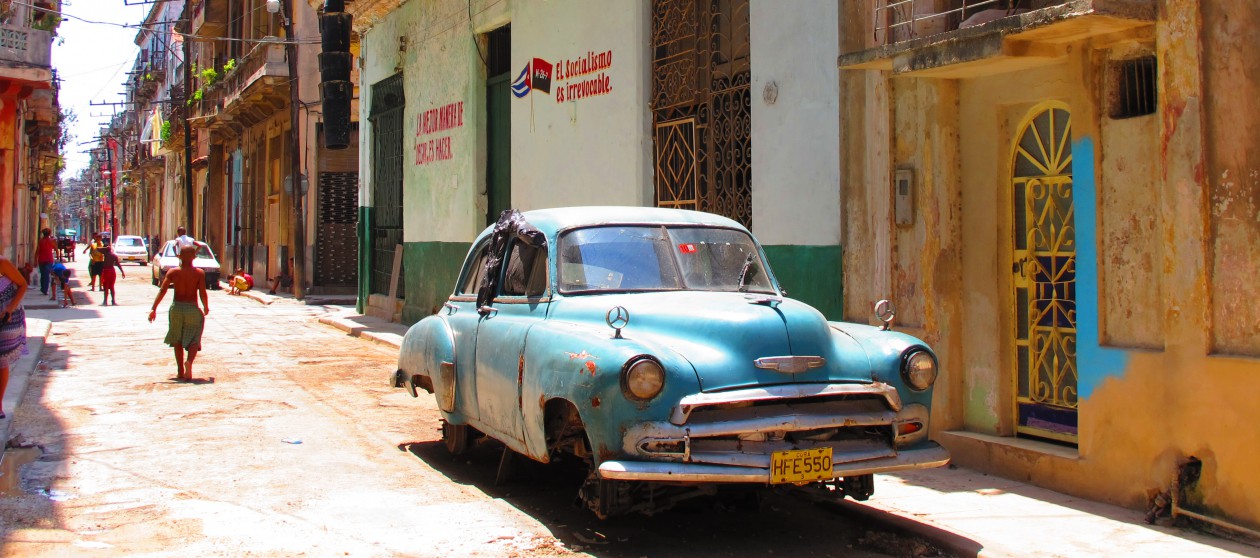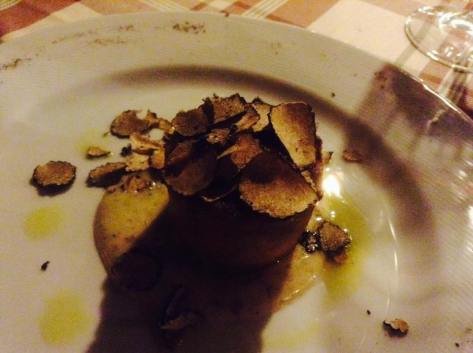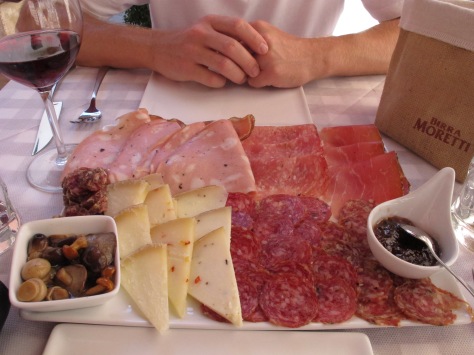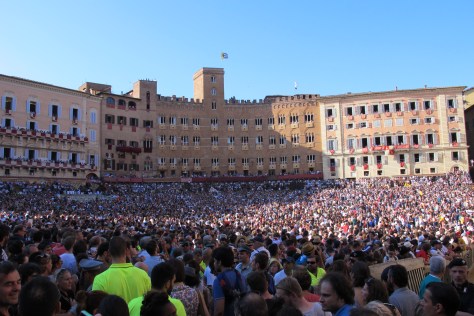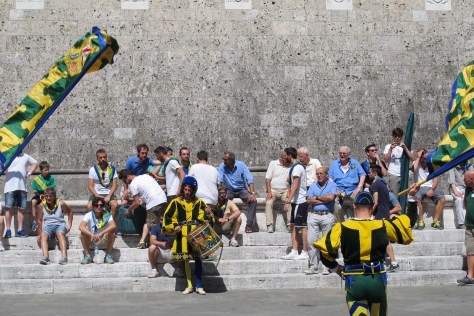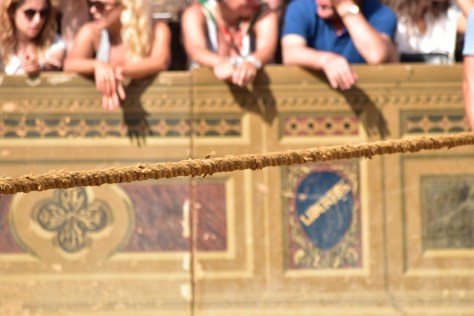Widely renowned throughout Italy for being the birthplace of Giovanni Boccaccio (one of the greatest Italian authors of the Renaissance period, buried in the town), Certaldo is not so famous among foreign tourists. Located just 25 minutes from the most famous San Gimignano, it enjoys relative quietness and peacefulness even during high season when hordes of tourists flock to San Gimignano. As other Tuscan villages, Certaldo is divided in two parts: the Certaldo Basso (literally “low Certaldo”), not particularly attractive but where all the services are located (including train station with direct links to Florence and Siena, banks, supermarkets, restaurants, gelaterie, caffetterie and a few shops) and the charming Certaldo Alto (“high Certaldo”), with definitely fewer services but much prettier, located on top of a hill and overlooking the neighboring countryside, including San Gimignano.


Certaldo Alto (which can be reached from Certaldo Basso either by foot or by a funicular – Eur 1,50 each way) was badly damaged during the II World War (including the house of Giovanni Boccaccio) but it was fully reconstructed soon afterwards, as it was in the Medieval times.

If you visit, you will find yourself wandering in a charming little old town, a couple of accommodation options, some delicious restaurants (some boasting gorgeous views), a few independent little shops and an overall sense of peacefulness. Definitely more sleepy and far less crowded than San Gimignano, the hill-top town deserves a couple of hours visit and can be easily combined with an half a day visit to San Gimignano. If you don’t want to walk up or take the funicular from Certaldo Basso, you can also drive and that will definitely ensure you some of the best opportunities for shots (just put in your Sat Nav “Via delle Mura” and follow the indication for car park); as in many old town, access inside the walls is restricted to residents only (stay away from any ZTL – Zona Traffico Limitato) but you can find a car park just right outside the old walls (if it’s full you will need to go back to Certaldo Basso and park in Piazza Boccaccio in the pay car park or try in the nearby roads – white lines only).
One of the best things of this little town is that, despite its relatively small size, it has got a good number of events organized throughout the year; one above all the Mercantia Festival, a international festival of street art performers, considered one of the best of its genre in Italy.

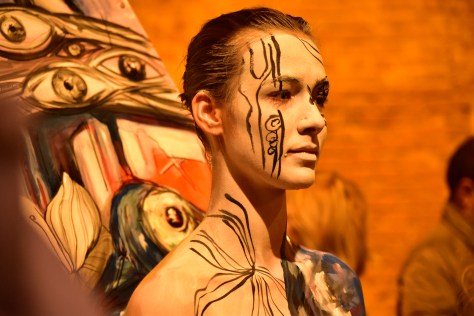

For this reason, if you are planning a trip to Tuscany around mid-July/early August next summer (dates of the Festival are confirmed a few months in advance), Certaldo should definitely be included in your trip. For 5 days, Mercantia Festival takes over all the streets, palaces and gardens of the old town and people from the nearby towns flock here to enjoy the shows (very few foreign tourists around which gives a true sense of local festival). I have been this year for the first time after plenty of people from different areas recommended it (including people from Siena, which is 40 minutes away) and it is an absolute must do, particularly if you fancy acrobats, live performances, body paint artists, dancers and live music.
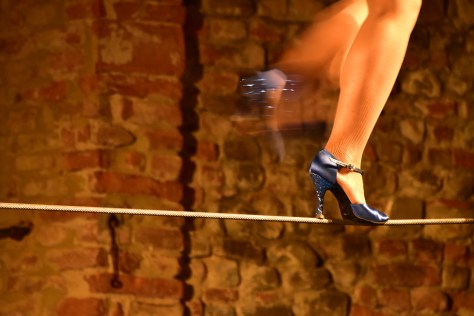


The festival – with performers coming from all over the world – is definitely well organized with plenty of activities for everyone at anytime and though thousands of people attend it never feels too overcrowded (it’s always easy to find a quieter corner). Prior to visit, we had been told that you should choose in advance what performance you want to see but the truth is that because there is so much going on (and we were being a bit lazy), we just wandered around for hours enjoying the shows we found ourselves in – and some of them were truly amazing!
If you are planning a trip in the area for next year during the Festival, bear in mind the following (unless things change from one year to the other):
- The festival takes place in Certaldo Alto from 9 PM to 1.30 AM (on Saturdays and Sundays it starts at 6 PM) and in order to attend (i.g. to enter the old town after 8 PM) you need to purchase a ticket. You can still enter Certaldo Alto until 5/5.30 PM but after a certain hour, access routes are closed and security staff check entrance tickets. I can’t tell what happens if you are in Certaldo Alto before they start closing the accesses. Festival dates will be disclosed a few months in advance.
- Tickets can be purchased online or directly in Piazza Boccaccio (even on the same day), in front of the Town Hall located in Certaldo Basso which is also the place where they will give you a daily planner (shows vary daily) and all sorts of information on the event. Ticket prices vary depending on the day you want to assist: this year it was Eur 10 for Wednesday or Thursday, Eur 15 for Friday or Sunday and Eur 20 for Saturday. Discounts are available for kids between 7-14 years old. Ticket office generally opens in the afternoon around 3 / 4 PM. The best thing in order to avoid queuing for tickets is buying them in the afternoon as soon as the ticket office opens and then get back when the festival starts.
- There are plenty of signposted car parks around Certaldo Basso. If you want to avoid any parking issue and want to get a space close to Piazza Boccaccio (the car park located in the square is closed during the festival since there are dozens of stalls in its place), I recommend that you get in town before 8 PM, since soon after the festival starts to get particularly busy and parking can be tricky. If you are lucky you might be able to find a free parking space close to Piazza Boccaccio (try Via Trieste or Via Alessandro Manzoni).
- If you are planning to have a proper sit down meal in Certaldo Alto during the Festival (but there are plenty of delicious street food options too!), it’s definitely recommended to book in advance since there are not many restaurants and they fill up pretty quickly, particularly the best rated. We chose one L’Antica Fonte, where we had a great dinner (lovely pork with lardo) in the outdoor terrace overlooking San Gimignano while listening to some live music from the Festival (at the time of booking, ask for a table right at the end of the terrace, with views over the countryside).

Are you about to visit Tuscany and have you found this post interesting? Have a look at my other posts on Tuscan food, Siena (with two full posts dedicated to the amazing Palio – next one scheduled on August 16th!) and San Gimignano!
Happy reading! 🙂
